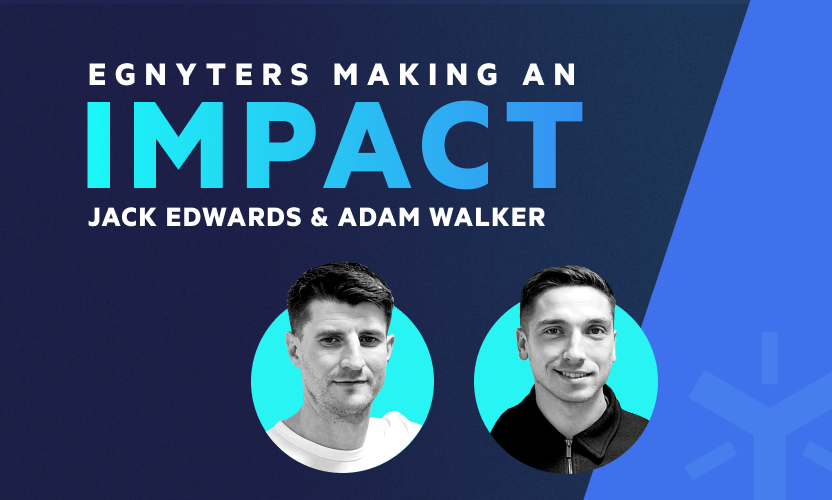
3 Takeaways for Managing the Mobile Experience
We have learned so much about how Egnyte became the backbone to so many business operations. Nonetheless, we’ve affirmed that great data will never overshadow the importance of having an open dialogue with your customers. Through our pursuit of perfect retention and engagement, here are some takeaways that you might want to leverage in improving the mobile experience.Every great company takes great care in utilizing great analytics to help guide priorities, define roadmaps, and drive adoption to become and maintain being the leader in their fields. Every aspect of this art that is converting raw data into timeline driving nuggets of gold is constantly optimized so that you can quickly iterate your product to capitalize on time and money. We look back into history to define the present.1. Instead of logging every nut and bolt, pinpoint some themes for your analytics. You are spending precious (read:limited) developer bandwidth; so what do you want to get out of it? I focus primarily on workflows (events leading up to actions) and failures (errors/retries/timeouts). The less obvious analytics here is to classify retries and timeouts as errors. At the end of the day, most end users are simply trying to get on with their work. It’s more efficient for them to retry and move on, rather than to spend the time reporting something they disliked. That’s why we should capture retry/timeout anomalies and figure out how to prevent them from reoccurring.Also, being armed with the best analytics tools is a must but speaking with the customer directly about how they use your product is paramount to gaining the right insights. I’ll share an example:As part of our engagement improvement initiatives, we frequently compare unique usage against the total usage. We recently started seeing massive growth in conjunction with monthly active users growth but we hadn’t released any new features that would trigger this shift in behavior. I treated this as anomaly and tracked down the customer to better grasp how they were using Egnyte. Turns out, the customer used Egnyte as a customer engagement tool involving thousands of daily file access. So strong engagement doesn’t necessarily equate to a new product feature, it may just be a customer leveraging it for a different use case.2. Knowing how users actually work with your product will play an important role with the structure of your product roadmap. If a particular feature has low usage, this is an opportunity to improve it or completely axe it altogether. And if a feature is taking off, you can discover new ways to optimize it. Our analytics tells us that file sharing is a very commonly used action. In fact, many of the links shared are within their own domains. So it only made sense to build @mention comments which eliminates the need to create file links. Less friction and better auditing = win win! To increase awareness of this feature, we reached out to key employees within organizations versus spamming users with convoluted promo cards. Similarly, during my Customer Success calls, I frequently mention this new workflow and it didn’t take long for customers to embrace it.3. The ability to intelligently poll end user feedback from within our products has proven invaluable to my team. Unlike event analytics which only provide a quantitative snapshot of your userbase, polling gives us an emotional snapshot of what the end user is experiencing at that point in time. We then have the opportunity to resolve issues before it develops into a larger ordeal and perhaps even a bad review in the app store. Having a feedback mechanism in place is more than just collecting data and insight from end users but also being proactive and resolving problems on the spot. Of course it doesn’t hurt that customers are appreciative of our hands-on approach in customer success.It is well worth noting that it’s human nature to remember bad experiences over good ones and average users will not waste their time writing mediocre feedback. Before you waste your end user’s time with convoluted workflows, it will behoove you to eliminate experiences that are so negative that it warrants your end user to write about it. Stay on top of your analytics and keep the line of communication open and constant with your customers. With a good relationship, your customers are much more inclined to reach out to you directly, instead of negatively voicing their experiences, publicly. After all, keeping customers in the loop benefits both sides of the aisle, so you should think of it as a partnership.




